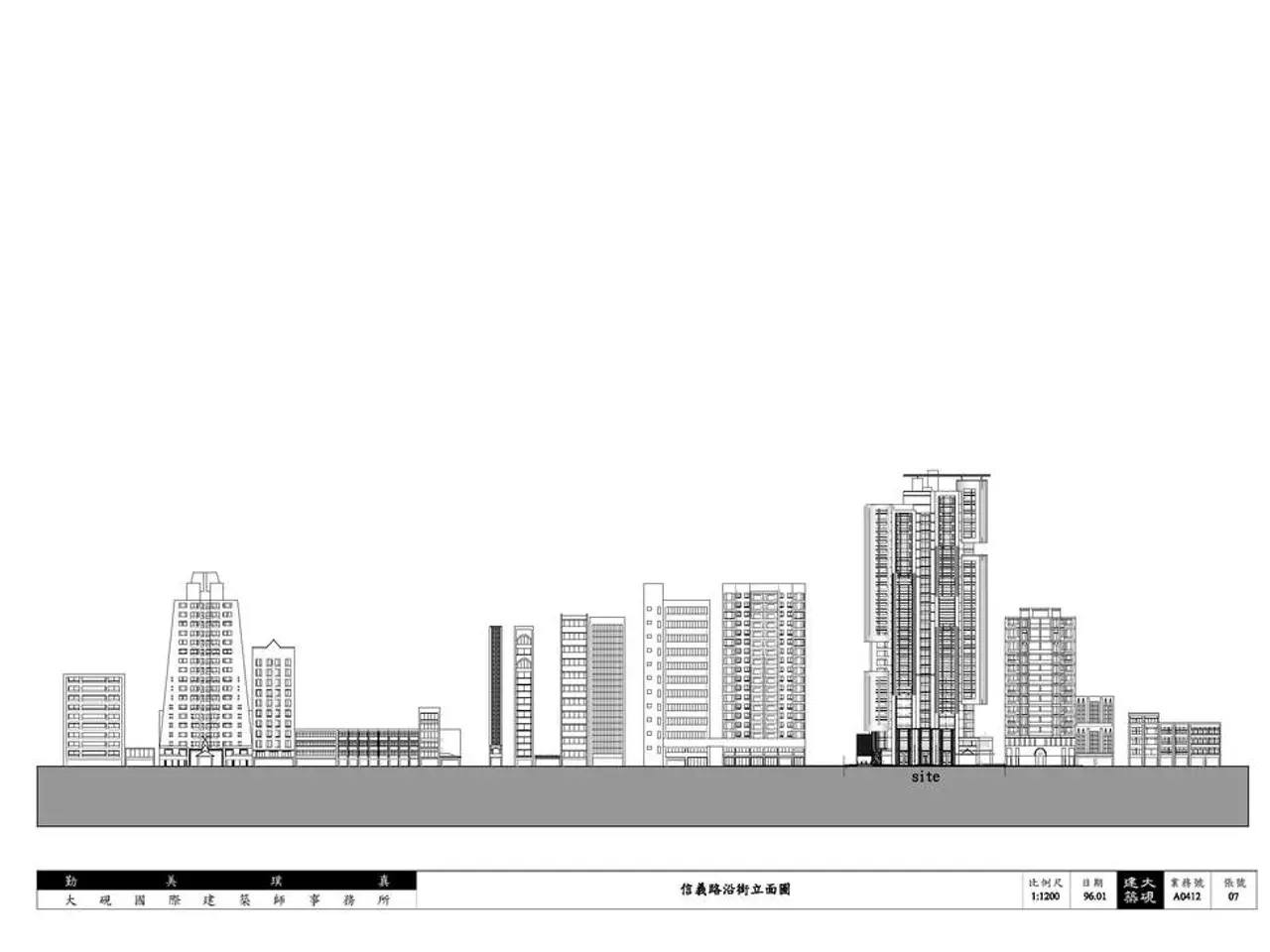District of Neuss in Rhine region adopts drone technology and 3D modeling for various purposes
In the heart of Germany, the Rhein-Kreis Neuss district is setting a new standard in digital planning, construction, and building maintenance. The district is leveraging Building Information Modeling (BIM) and drone technology to deliver significant benefits, including improved project accuracy, efficiency, real-time monitoring, enhanced safety, and cost savings.
Department head Harald Vieten is a strong advocate for digital planning, construction, and building maintenance. He believes this approach will contribute positively to the district, creating a foundation for a modern, digital administration.
The Surveying and Mapping Office, led by Michael Fielenbach, and the Building Management Office are cooperating on this innovative initiative. Fielenbach uses high-tech drones for systematic area capture, while Christoph Kany, head of the Geodata Management and Surveying department, is responsible for the digital building exterior models captured by drones and the digital building interior models created by the NavVIS measuring device.
BIM provides highly detailed digital models that help visualize projects fully, simulate scenarios, and identify design flaws early, reducing costly changes later. Integrating real-time data from drones and digital twins allows continuous comparison between physical and digital structures, minimizing deviations and errors during construction. This improves construction accuracy and project alignment with original designs.
Drones contribute by rapidly collecting high-resolution aerial data for creating precise 3D models and surveying large or hard-to-access areas efficiently and cost-effectively. This accelerates data collection and supports frequent updates essential in dynamic construction environments. Drones also aid in remote inspections and monitoring without exposing personnel to hazardous conditions.
Real-time monitoring facilitated by combining BIM with digital twin technology and drone data improves project oversight. Managers gain live insights into site conditions, progress, equipment status, and environmental factors, enabling proactive decision-making, timely issue resolution, and improved stakeholder communication. Predictive analytics from these integrated systems help optimize resource use, anticipate maintenance needs, and prevent failures, thus minimizing downtime and waste.
Safety benefits are notable. BIM aids in clash detection during design to avoid conflicts and hazards. When linked with real-time data from digital twins and drones, it enables continuous tracking of structural stability, environmental conditions, and potential risks. Alerts can prompt immediate action to mitigate dangers, enhancing risk management during construction and ongoing operations.
For building maintenance in districts like Rhein-Kreis Neuss, this integrated approach facilitates efficient monitoring of building systems (HVAC, lighting, safety systems) through live dashboards and analytics, allowing predictive maintenance before failures occur, improving occupant comfort, energy efficiency, and operational continuity.
The captured images are converted into detailed 3D models with photorealistic textures using special software. The approach involves digitally interconnected planning, approval, construction, and maintenance of infrastructure. The detailed interior data remains with the specialist department.
The photorealistic 3D models are accessible to citizens on the internet as digital twins at https://www.rhein-kreis-neuss.de/DigitalerZwilling. The combination of precision and efficiency is a success in this method, according to Fielenbach.
The Rhein-Kreis Neuss has trained drone pilots and obtains official operating permits from the Federal Aviation Authority. This initiative is innovative in nature, expected to deliver benefits for citizens, the economy, and public safety. The district's commitment to digital planning, construction, and building maintenance is setting a new standard for efficiency and safety in the construction industry.
Other smart-home-devices and gadgets could potentially be integrated into this digital planning, construction, and building maintenance ecosystem for enhanced automation and remote monitoring. The data-and-cloud-computing infrastructure, built upon the success of this initiative, could serve as a foundation for future smart city applications.
Technology innovations, such as artificial intelligence and machine learning, when applied to the district's digital twin models, could further optimize resource use, predict maintenance needs, and improve operational efficiency in Rhein-Kreis Neuss.




